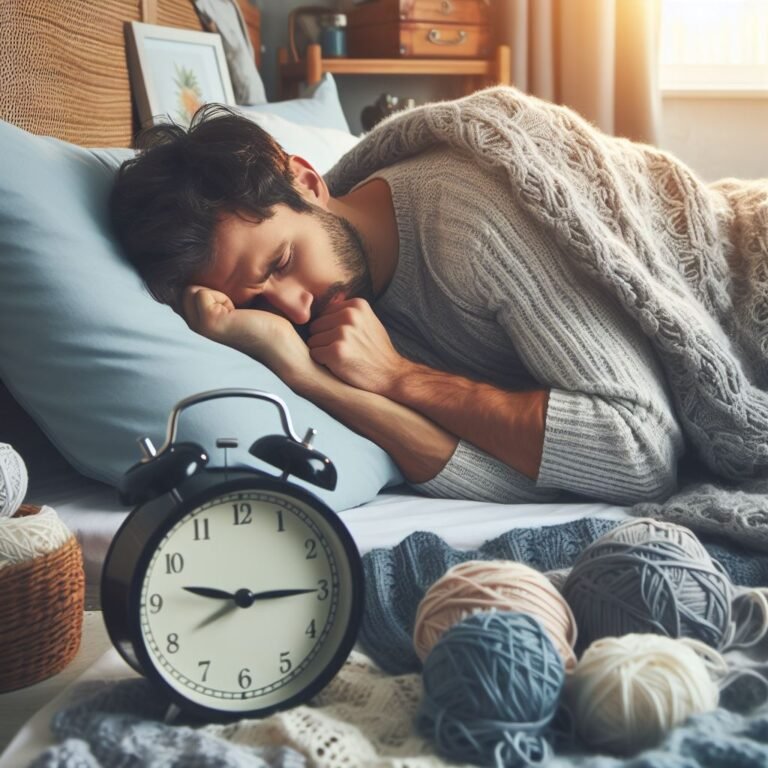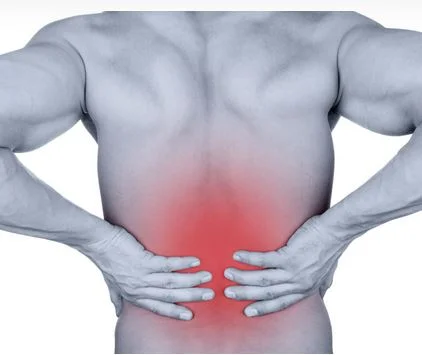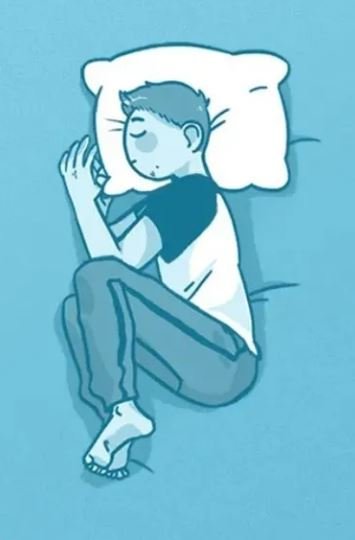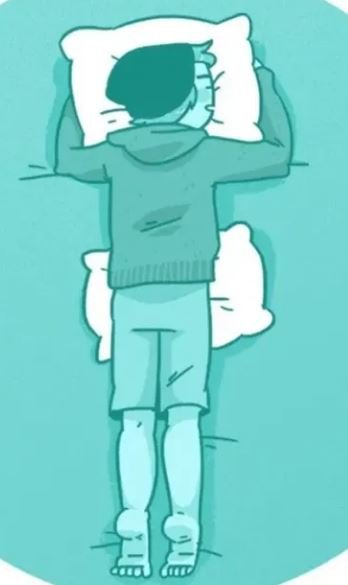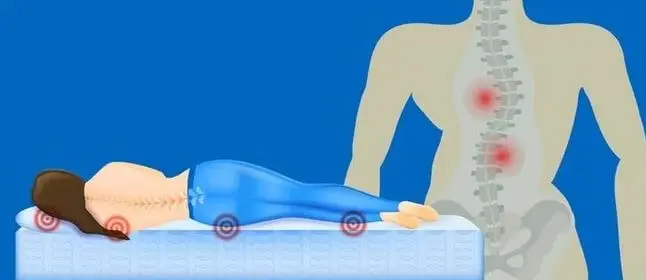
Best Way to Sleep with Lower Back Pain
Introduction
Dealing with lower back pain can be incredibly challenging, especially when it disrupts your sleep. Finding the best way to sleep with lower back pain is crucial for managing discomfort and ensuring restful sleep. In this guide, we’ll explore various sleeping positions, mattress choices, and additional tips to help alleviate lower back pain and promote better sleep quality.
Understanding Lower Back Pain
Lower back pain can stem from various causes, including muscle strain, injury, poor posture, or underlying medical conditions like sciatica or herniated discs. Understanding the root cause of your pain is essential for effective treatment and prevention strategies.
The Importance of Sleep
Quality sleep plays a vital role in overall health and well-being, including the management of pain. Poor sleep can exacerbate lower back pain and contribute to increased discomfort during the day. Therefore, optimizing your sleep environment and habits is crucial for managing lower back pain effectively.
Best way to sleep with lower back pain
Best Sleeping Positions for Lower Back Pain
Sleeping on Your Back
Sleeping on your back with a pillow under your knees can help maintain the natural curve of your spine and alleviate pressure on your lower back. This position evenly distributes weight and promotes spinal alignment, reducing strain on the back muscles.
Best way to sleep with lower back pain
Sleeping on Your Side
If you prefer sleeping on your side, try placing a pillow between your knees to keep your hips and spine aligned. This position can help reduce twisting and strain on your lower back, providing relief for those with lumbar issues.
Best way to sleep with lower back pain
Sleeping in Fetal Position
For some individuals, sleeping in a fetal position with knees tucked towards the chest can alleviate lower back pain by reducing spinal pressure. Experiment with different variations of this position to find what works best for you.
Best way to sleep with lower back pain
Choosing the Right Mattress and Pillow

Selecting a supportive mattress and pillow is crucial for maintaining spinal alignment and reducing lower back pain.
Mattress Firmness
Medium-firm mattresses are often recommended for individuals with lower back pain as they provide adequate support while contouring to the body’s natural curves.
Pillow Support
Opt for pillows that support the natural curvature of your spine, whether you sleep on your back or side. Memory foam or latex pillows can offer excellent support and comfort for those with lower back pain.
Additional Tips for Better Sleep with Lower Back Pain
In addition to adjusting your sleeping position and mattress, implementing these tips can further improve sleep quality and alleviate discomfort.
Proper Sleep Hygiene
Maintain a consistent sleep schedule, create a relaxing bedtime routine, and ensure your sleep environment is conducive to restful sleep.
Stretching Before Bedtime
Gentle stretching exercises, such as hamstring stretches or lumbar rotations, can help loosen tight muscles and promote relaxation before bedtime.
Using Heat Therapy
Applying a heating pad or warm compress to the lower back can help relax muscles and alleviate tension, providing relief from lower back pain.
Exercises to Strengthen the Lower Back
Incorporating targeted exercises into your daily routine can help strengthen the muscles supporting the lower back, reducing the risk of pain and injury.
Pelvic Tilts
Lie on your back with knees bent, and gently tilt your pelvis upward, flattening your lower back against the floor. Hold for a few seconds before releasing and repeating.
Bridge Exercise
Lie on your back with knees bent and feet flat on the floor, then lift your hips towards the ceiling, engaging your glutes and core muscles. Hold for a few seconds before lowering back down.
Cat-Cow Stretch
Start on your hands and knees, and alternate between arching your back upward (like a cat) and dropping your belly towards the floor (like a cow), focusing on fluid movement and deep breathing.
Avoiding Bad Habits that Aggravate Lower Back Pain
Certain habits and lifestyle factors can exacerbate lower back pain, so it’s essential to address these issues to prevent further discomfort.
Poor Posture During the Day
Maintain proper posture when sitting, standing, and lifting objects to reduce strain on your lower back muscles and spine.
Sedentary Lifestyle
Regular physical activity and movement throughout the day can help prevent stiffness and muscle imbalances that contribute to lower back pain.
When to Seek Medical Help
If your lower back pain persists despite self-care measures or is accompanied by other concerning symptoms such as numbness, tingling, or weakness, it’s essential to consult a healthcare professional for proper evaluation and treatment.
Conclusion
Finding the best way to sleep with lower back pain involves a combination of proper sleeping positions, supportive bedding, and healthy sleep habits. By addressing the root causes of your pain and optimizing your sleep environment, you can experience improved comfort and better sleep quality.
FAQs
- How long does it take for back pain to go away?
- The duration of back pain recovery varies depending on the cause and individual factors. It’s essential to seek proper medical evaluation and follow recommended treatment guidelines.
- Is it better to sleep on a hard or soft mattress with back pain?
- Medium-firm mattresses are generally recommended for individuals with lower back pain as they provide a balance of support and comfort.
- Can yoga help with lower back pain?
- Yoga can be beneficial for strengthening and stretching the muscles supporting the lower back, potentially reducing pain and improving flexibility.
- Are memory foam mattresses good for back pain?
- Memory foam mattresses can provide excellent support and pressure relief for individuals with lower back pain, but preferences may vary. It’s essential to choose a mattress that feels comfortable and supportive.
- Should I use a heating pad or an ice pack for lower back pain relief?
- Both heating pads and ice packs can be effective for relieving lower back pain, depending on the nature of the injury or condition. Experiment with both to see which provides the most relief for you.






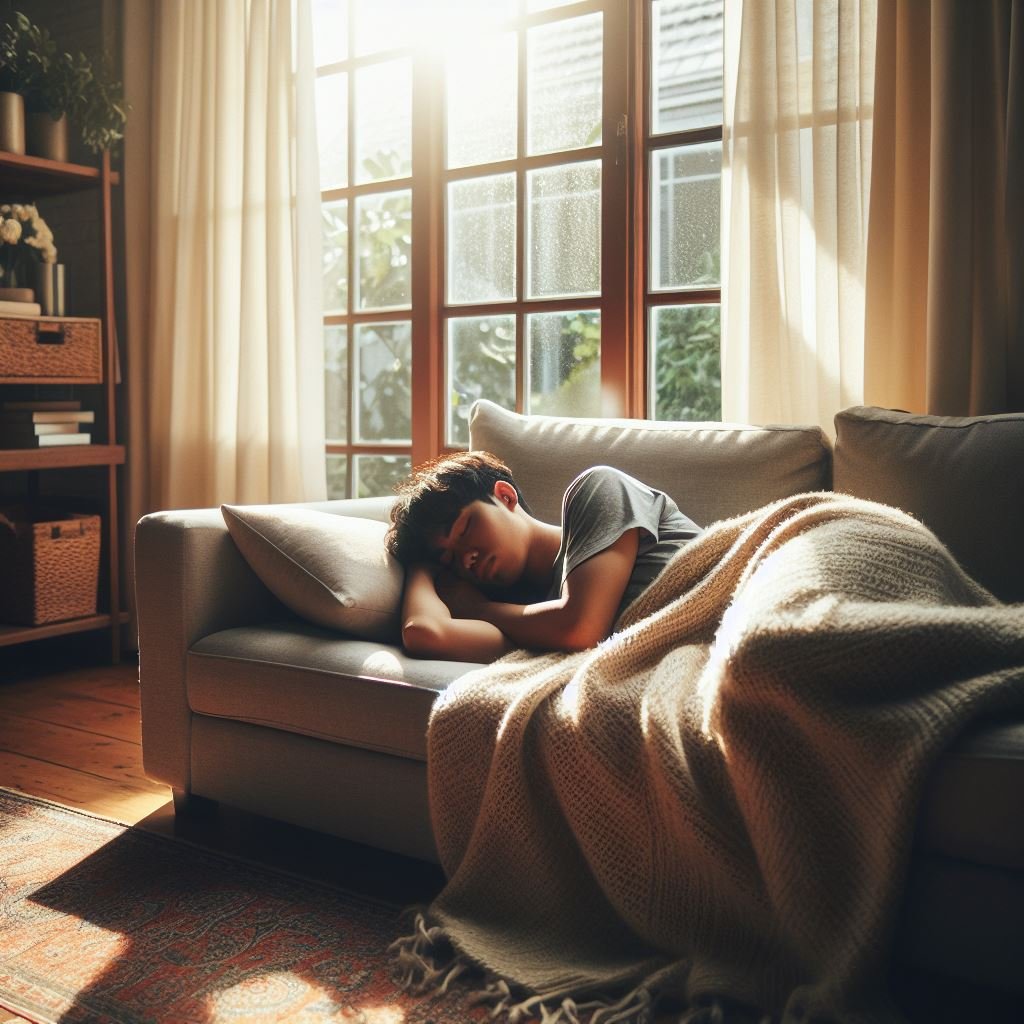

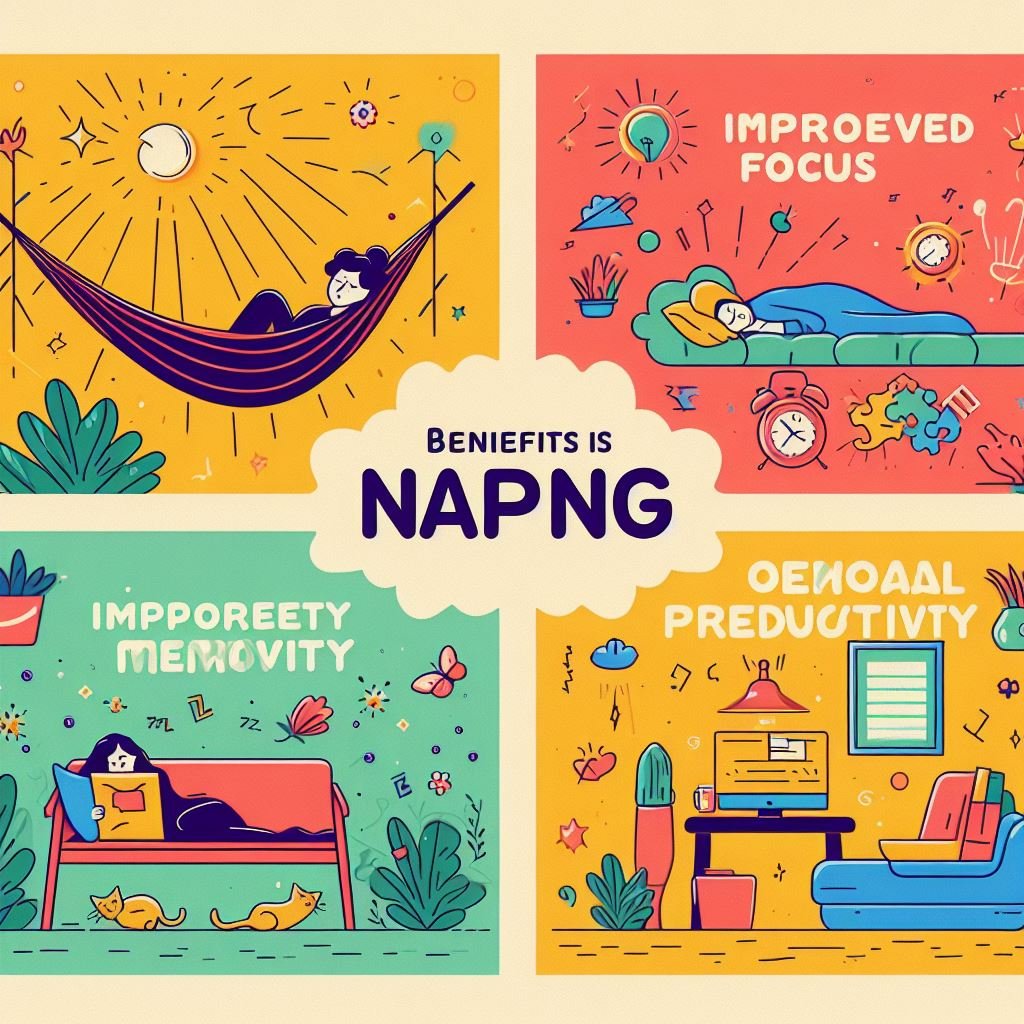





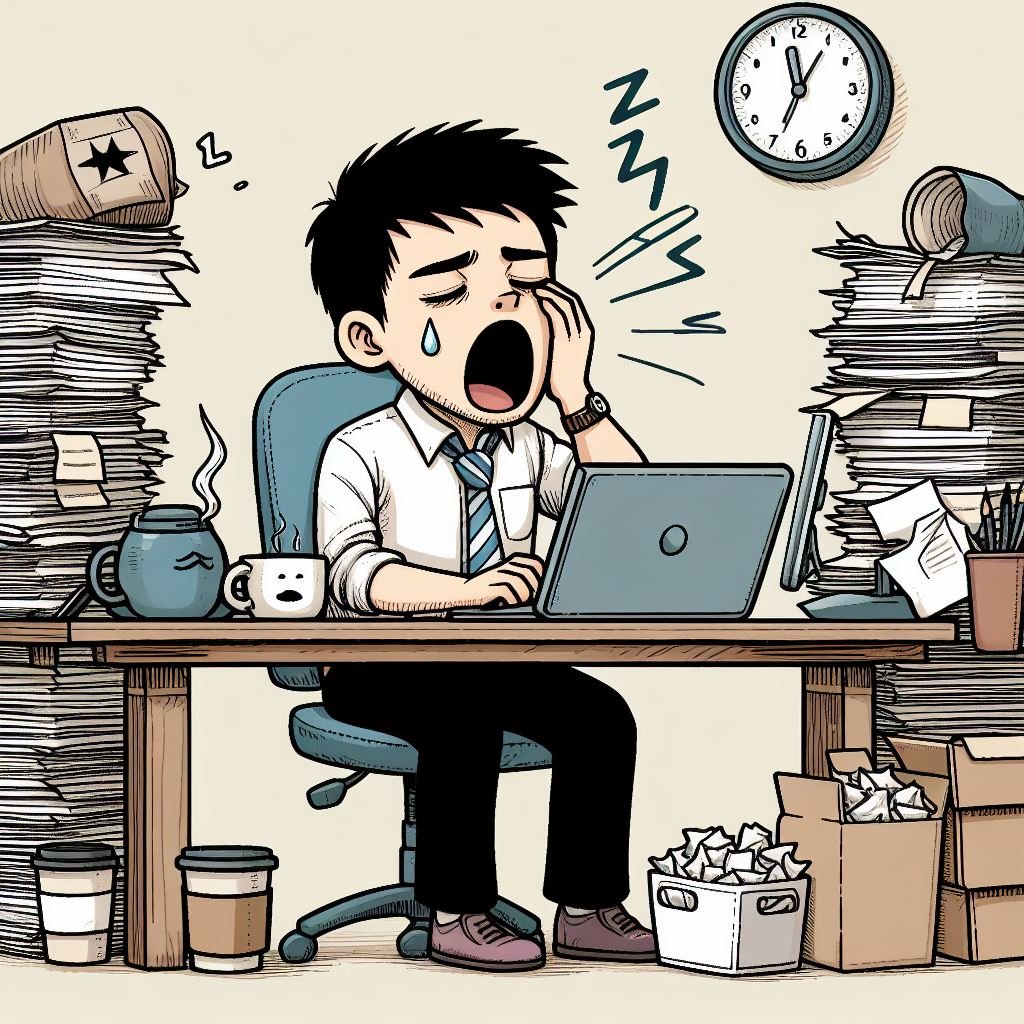


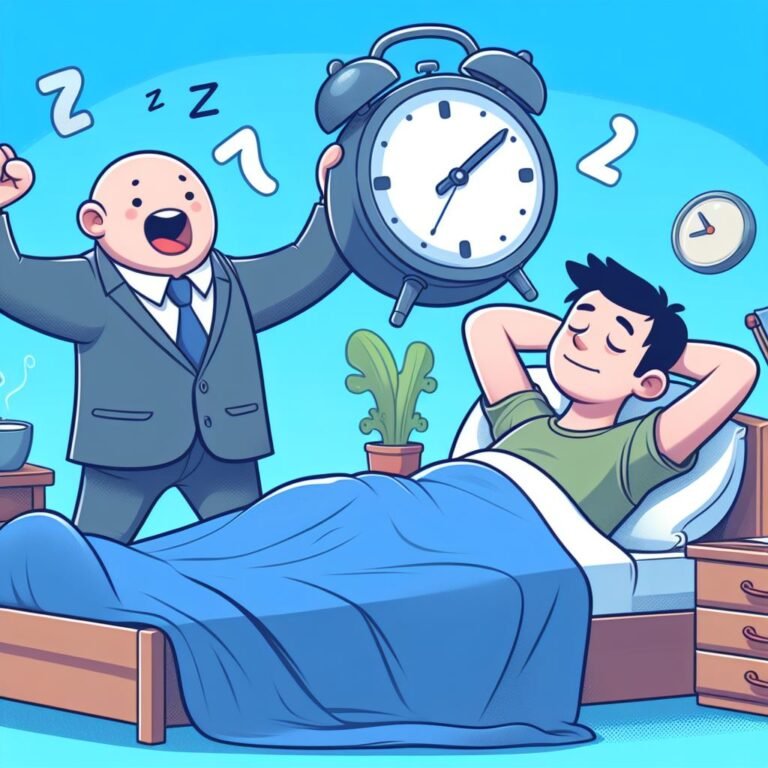

![[How to Avoid Oversleeping and Laziness]](https://pleasantsleeping.com/wp-content/uploads/2024/05/Do-Naps-Effects-Night-time-Sleep-for-babies-768x768.jpg)


